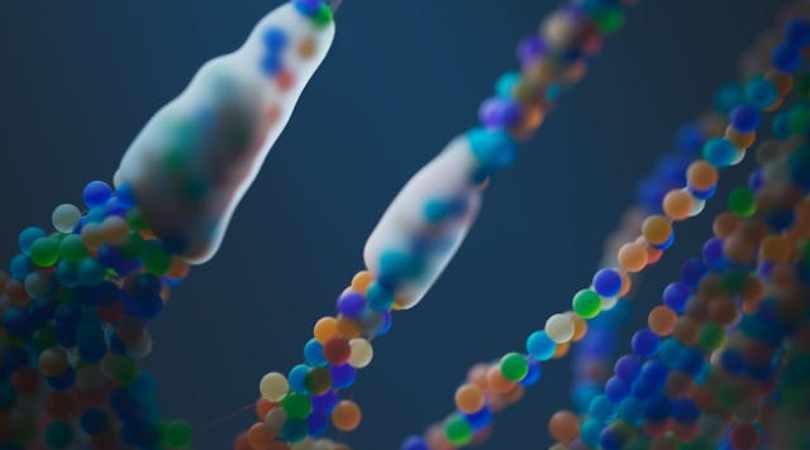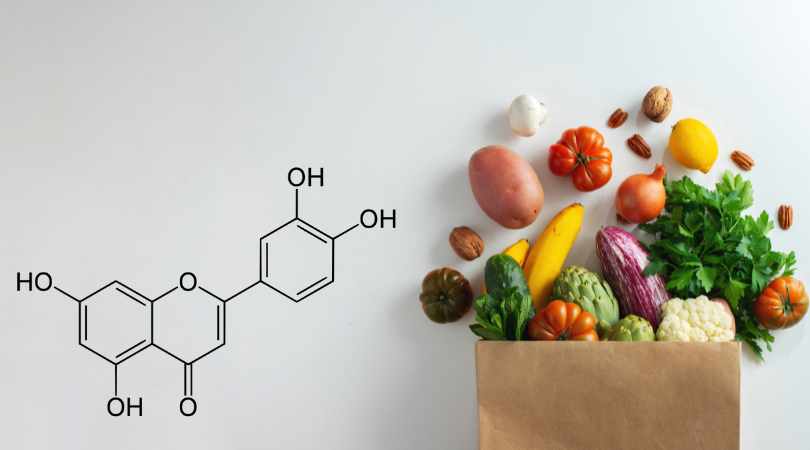Scientists have successfully restored the lost uricase enzyme, a key breakthrough in combating fructose-induced fat formation. This discovery offers new hope for preventing obesity and metabolic disorders by targeting how the body processes sugar and stores fat.
Limited Quantities Available! Order Today and Enjoy Free Shipping on Orders Over $100!
How to Sugar-Proof Your Metabolism in a World Full of Hidden Sweeteners

Sugar isn’t just in desserts—it’s in condiments, breads, “healthy” snacks, and even foods marketed as natural. The average person consumes 17 teaspoons of sugar per day, far beyond the recommended 25–36 grams per day (about 6–9 teaspoons) suggested by major health organizations.
But here’s the problem: even those limits may be too high. At the cellular level, fructose (the sweet half of sugar) creates an energy bottleneck that drives fat storage, uric acid buildup, and cravings. Knowing this, the real target should be zero added sugar.
And yet, in a world full of hidden s
\weeteners—not to mention the fact that our bodies make fructose under stress—zero is functionally impossible. That’s why the first step isn’t perfection—it’s understanding. By learning how sugar works in your body and taking practical steps to reduce its impact, you can build resilience and protect your metabolism.
Here’s how.
1. Spot the Hidden Sugars in Food

Learning how to detect hidden sugars in food is half the battle. They go by dozens of names:
- “Natural” sugars like honey, agave, and coconut sugar still break down into fructose and glucose.
- Sneaky syrups such as brown rice syrup or high‑fructose corn syrup often make up the bulk of “added sugars.”
- Health halos like granola, protein bars, and smoothies can contain more total sugar—and therefore more fructose—than a can of soda.
Action Step: Check labels for total sugars and added sugars. Fructose won’t be listed, but it usually makes up at least half of the “added sugars.” Anything over 5–7 grams per serving (about a teaspoon) should raise a red flag—especially if it’s in something you eat every day.
2. Balance Instead of Eliminate
Going sugar‑free cold turkey works for some, but most people need a sustainable plan. A better strategy is to buffer sugar intake with whole foods:
- Pair carbs with protein or fat (nuts, eggs, cheese) to slow absorption.
- Choose low‑fructose fruits like berries over tropical fruit juices.
- Swap refined snacks for fiber‑rich foods—vegetables, oats, legumes—that keep blood sugar stable.
But here’s the catch: when you stop flooding your system with fructose, your energy demands actually rise. That’s because the bottleneck has been lifted, and your cells start asking for more fuel. This is why cravings often come screaming for attention.
Solution: increase complex carbohydrates (whole‑food starches, beans, lentils) in the first few weeks, and use MCT oil as a “break glass” option when you feel especially low—it provides fast ketone energy without relying on sugar.
3. Redesign Your Environment
Your willpower is finite—but your environment shapes your choices automatically. If sugar is within reach, you’ll eat it. If it’s out of the house, the decision is already made.
- Keep sugar out of the home. This is the single biggest hack. If you really want it, you’ll have to make the journey for it—most of the time, the craving will pass before you do.
- Stock complex carbs instead. Most cravings are signals of an energy deficit after lifting the fructose bottleneck. Keep simple, lower‑glycemic options on hand—like roasted chickpeas, oats, or other fiber‑rich snacks—that give your cells fuel without spiking sugar.
- Plan clear sugar boundaries. Decide in advance which situations you’ll allow for sugar and which you won’t—this prevents in‑the‑moment rationalizations.
- Hydrate first. Dehydration can mimic cravings—drinking water often cuts the urge.
Think of this as building a sugar‑proof environment where healthy decisions happen by default.
Also Read - The Sugar Diet Illusion: Why it Works?
4. Support Your Metabolism from the Inside

Going sugar‑free isn’t just about food choices—it takes an enormous amount of focus. You have to learn ingredient lists, resist social pressures, and manage cravings that seem wired into your biology. That’s why so many people burn out.
This is where targeting how fructose is metabolized directly can give you an enormous advantage. Instead of relying only on willpower, you shift some of the heavy lifting inside your cells.
- Luteolin: A natural flavonoid shown in preclinical research to inhibit fructokinase—the enzyme that turns fructose into fat and uric acid.
- Tart Cherry Extract: Supports lower uric acid levels, buffering one of the most harmful byproducts of fructose metabolism.
- Allulose: A metabolically beneficial sugar alternative that delivers sweetness without feeding fructose’s damaging pathways.
These aren’t magic pills. But by directly modulating how your body handles fructose, they reduce the burden on your discipline—making it easier to stay consistent and get results.
5. Build Resilience, Not Perfection
The goal isn’t to never touch sugar again—it’s to protect your metabolism from damage while still living your life.
By spotting hidden sugars, setting realistic daily limits, using metabolic buffers, and shaping your environment, you create a safety net against the modern sugar trap.
Bottom line: You’ll never fully escape sugar—not from your diet, and not even from your own metabolism. But by understanding its effects, learning how to reduce sugar intake, and using the right tools, you can take back control.
Check Out - End Your Sugar Craving and Break the Sugar Habit
This is why many start with SugarShield—because targeting fructose metabolism directly makes all the other steps more attainable. Instead of relying only on discipline, you shift some of the work inside your cells, where it matters most.
That’s how you sugar‑proof your health in today’s world.
Disclaimer: The information in this blog reflects personal opinions, experiences, and emerging research. It is not intended as medical or professional advice and should not replace consultation with qualified professionals. The accuracy of this content is not guaranteed. Always seek guidance from a licensed expert before making any health-related decisions.


Chris | 🔬 Founder of LIV3 Health
⚡ A keen researcher dedicated to uncovering the root causes of metabolic dysfunction, the key driver of chronic conditions behind 70% of global deaths. His findings led to science-backed, natural solutions designed to inhibit fructose metabolism.
📢 Follow me on Reddit for insights on metabolic health and the future of wellness! -






